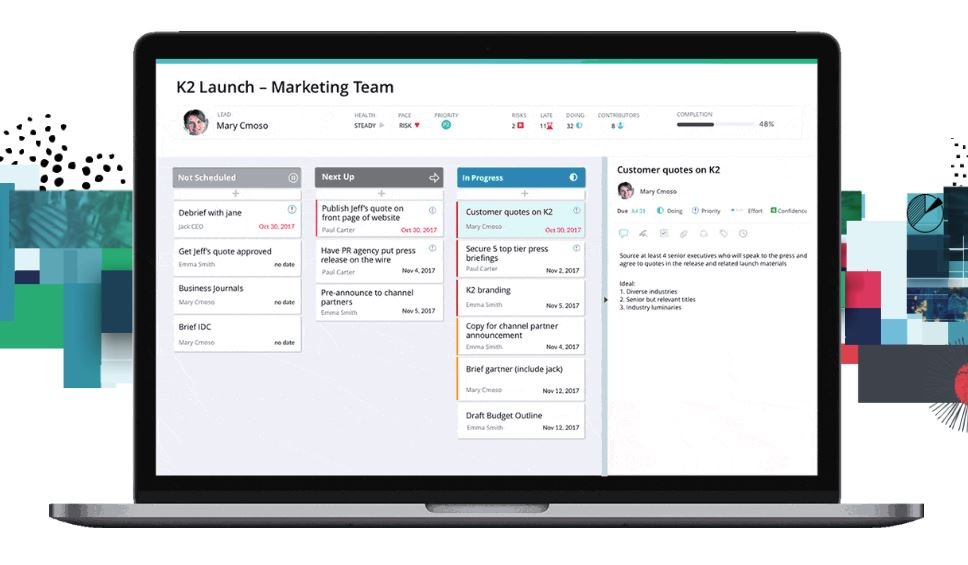Things You Need to Know about OKRs

It is a tradition for companies to set their goals at the start of each year. Unfortunately, everyone forgets about such high-level goals after a short period of time. This results in passive managements since leaders will have a difficult time trying to measure and track progress made by employees. Because of this, managers will not be able to know which teams or individual employees are achieving, underachieving, or overachieving.
Today, however, managers are able to know the team members that are highly engaged and those disengaged through Objectives and key results or the OKRs. This has enhanced efficacy and engagement since the information will be available through weekly OKR goal reports. This enables the managers to see the team or individual employee who is achieving or underachieving.
The main problem with the traditional way of setting a company’s goals is that aligning individuals and teams to the company’s topmost goal becomes difficult. This makes everyone to feel disconnected since there is little clarity among the company’s employees on how their actions connect to the most important organization’s goal. The traditional way of setting goals makes it difficult to build a predictable, measurable, and repeatable business model.
Objectives and key results is now being used by organizations to track progress as teams go towards achieving their objectives. The goals are usually ambitious and aligned to the entire organization. One of the organizations that have successfully implemented OKR is Google. While many people are aware that Google is one of the successful organization globally, very few know how they have achieved their success. However, the secret in their success is in the OKR management technique.
Nowadays, Google is not the only company using OKRs to track its objectives and results. However, other companies are also using OKRs. This management technique has become central to management methodology helping organizations focus their efforts towards the same important issue in the entire organization. Know more about software at http://www.ehow.com/tech/computer-software/.
Unlike the traditional way, OKR measures success as reaching beyond a perceived limit. Therefore, the first thing is setting up goals such that the teams will push themselves further. Although they may not reach the goal line, getting close will mean they have already achieved so much.
Once you set your objectives, you will also need to define some measurable key results that are achievable, quantifiable, and which can be graded. Such objectives could be based on performance, growth, engagement or revenue. The good thing about OKRs, however, is that they provide a clear direction to each individual or team.



